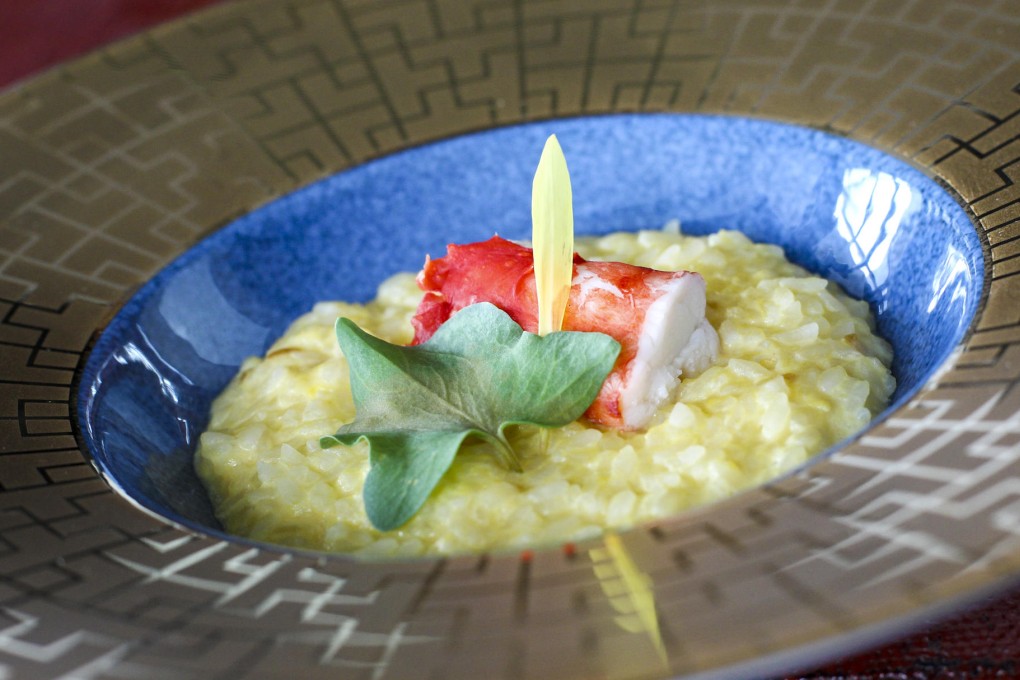Feast like a king: Modern restaurants seek to recreate Chinese imperial cuisine
A sophisticated take on Chinese imperial cuisine brings out essence of complex dishes prepared with lavish ingredients

"Food can never be too good and cooking can never be done too carefully," wrote Confucius in The Analects.
Food has always taken a central role in the mindset of the Chinese, and knowing how to eat properly has long been a metaphor for knowing how to live. Attention to detailed cooking techniques, which became apparent from imperial times, is also at the heart of modern fine-dining concepts. Perhaps this explains the appeal in looking back for inspiration.
Emperors and aristocrats cared about exotic and expensive ingredients more than anything
Over the past few years, Hong Kong has seen a small but steady revival in ancient Chinese gastronomy. The latest attempt to resurrect the spirit of an imperial banquet can be found at The Ritz-Carlton's Tin Lung Heen, collaborating with premium porcelain tableware brand Legle France to host their ruyi dinner concept.
A ruyi is a ceremonial sceptre used in Chinese Buddhism. It symbolises power and luck, and appears in every piece of the ruyi dinner collection.
The feast, which will run until mid-September, promises to take diners on an indulgent journey showcasing the very best of China's 5,000-year-old food heritage.
"Over the last couple of years Cantonese eating habits have been changing. The Cantonese are more adventurous, have deeper pockets and are starting to travel more, so they want something more luxurious and special," says Peter Find, executive chef of The Ritz-Carlton. "As China becomes more prominent in the news, Westerners too are showing an increased interest in the country's historical past."